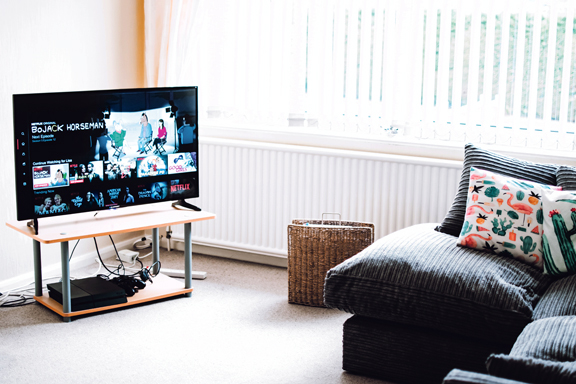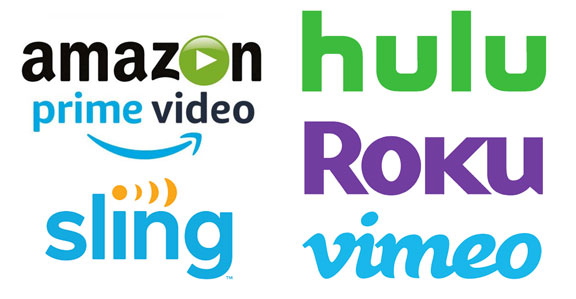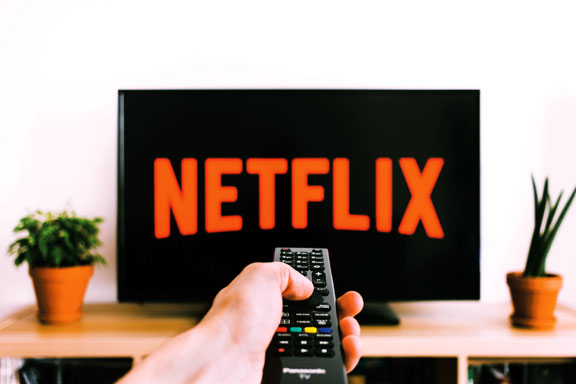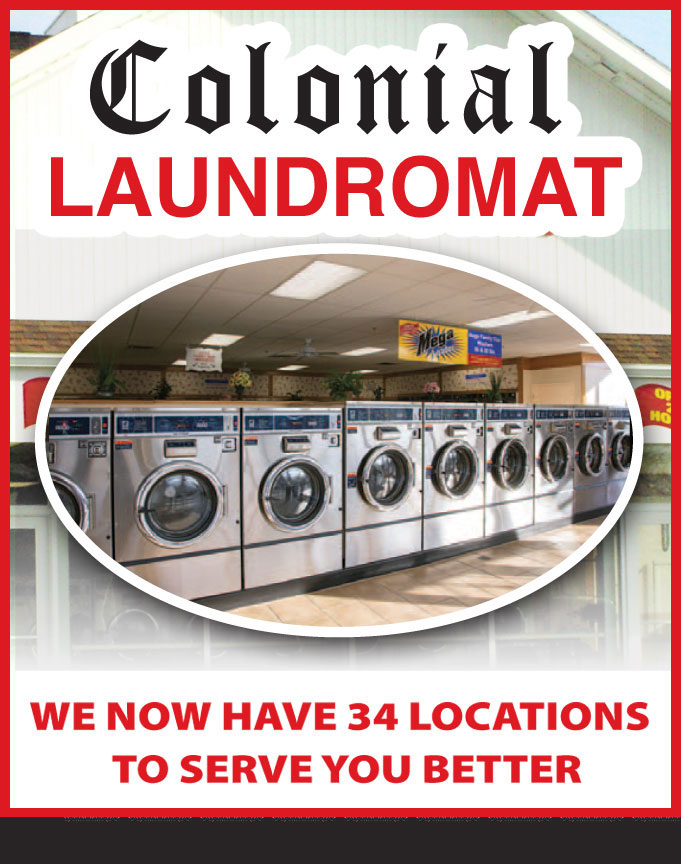Before You Cut The Cord
Admit it: you’ve considered “cutting the cord.”
When it comes to “television” (what a quaint word) entertainment, more is sometimes too much, and there have been evenings when I’ve wanted to toss every single one of my six (yeah, six) remotes across the room and read a book.
Now, it’s true there are remotes that claim to be able to handle your entire basic entertainment system – but don’t be too sure. Each one will need to be “paired,” to the all-in-one device, and each pairing comes with a code specific to the manufacturer and device, so if you want to undertake this, understand that it will require some time and patience and may not be perfect, especially if you have any older devices. But that’s an entirely different problem from how to determine where to obtain your programming if you’ve grown weary of the cost and excessive, unwanted choices on cable.
Of course, you can simply disconnect your cable (and the bill) and watch what’s available “on air,” and use a secondary device (your computer, a tablet, even your phone) to watch what’s offered free on services like YouTube and Vimeo. That won’t get you the latest and greatest series, of course, but it will get you some interesting indie films, old video and film, and short subjects and documentaries. You can do this with a DVD or even VHS player and the public library, as well. I started collecting movies I loved or hadn’t seen, especially classics, and even copied my significant VHS collection to DVD for easier viewing. With a library of hundreds (I’m not even kidding!) I could probably go on a TV diet for a long time without noticing. (Until my friends mentioned Walking Dead or some other current series favorite.)
There are options that can also be viewed by subscription either on your computer monitor or tablet device, or “cast” to your television. To cast to your television system, you’ll need a little help. You must either have a “smart TV,” one which acts as another device on your home network, or use a plug in streaming device. Smart TVs, once expensive alternatives, are now relatively affordable, and eliminate some headaches. My Vizio hooked up without a lot of trouble, but once connected, I still had to decide whether to coast with free services or pay for the ones that would provide more current content.
Among choices for plugin streaming devices there are Roku, Amazon Kindle Firestick, Chromecast, or AppleTV, among others. I have all of those I named, and can attest to them all being easy enough to work, though not exactly what I’d call a one-to-one correspondence. (Disclaimer: this is my personal experience, yours may vary!)

Having made your device choice, you now *can* stream – next you’ll have to decide what you want to watch, and figure out which services suit your preferences best. When I started down this path I already had Netflix, from which I “rented” DVDs, so adding the online option was easy. You open an account, attach a method of payment, opt for the service level you want, and with the online system, specify a user name and password. I have long since left the DVD rental behind, and simply log on to my Netflix account via my Smart TV or one of my devices. This is also true for Amazon Prime (a feature of the Amazon Prime program), Hulu, HBO Now, Showtime, Starz, and now YouTube Red (now YouTube Premium).
Each device or streaming service offers something slightly different, so shop around. If it’s movies you want, I would have said Prime or Netflix would be your choice (or AppleTV rentals). Now, I find fewer and fewer of the films I want to see —even the old ones— are available. I’m not sure what’s going on there, and haven’t yet been able to get a good answer as to why a 30 year old B movie wouldn’t be available through Amazon Prime or Netflix – free. But more and more, they will either charge a small fee, or the movie will simply come up “Not available.” The best guess would be ownership of the rights and who gets paid what per viewing. Still, these are likely your first stops for movie watching.
Hulu, Sling, Philo, and a number of other services will offer regular TV/Cable channels, perhaps not exactly at the same time, but soon enough thereafter to make it a good alternative. So if there are cable series you really enjoy, check these to learn if they have the networks you want.
Another move that’s been made recently in programming is “original” series on what used to simply be streaming services. So Amazon Prime offers some really superior original series, like The Man in the High Castle, and Sneaky Pete. Netflix had a blockbuster in Stranger Things, and again in The Crown. And recently, streaming devices have added a channel with unique if not original programming – so there is a Roku Channel now available with your Roku device.
If it sounds confusing, yes, it is. Three or four choices with regularly scheduled programming was simple; cable was still simple even if it exploded the number of choices. Devices and services added to the complication and number of permutations available, and for a while, each streaming device had things it did and did not offer, so if your ideal set of channels wasn’t available with one device, you might have needed two or even three. Now, that’s typically not a problem.
Of them all, I find the Roku probably the most comprehensive and easy to use, so if you haven’t decided what to do, you might start there. None of the devices is terribly expensive, so unless you want to invest in a smart TV, the cost of the device isn’t a significant consideration. But I did find the Roku easy to set up and easy to manipulate.
To decide if you want to actually quit cable, you’ll simply have to keep track of what you watch and then find out if there is an alternative via streaming, and if so, if there is an additional cost associated.
And, just to complicate your decision still further, cable companies are now considering “a la carte” subscriptions —which users have always thought preferable to tiered “bundles”— allowing you a certain amount of flexibility in what you choose.
Now, for mapping out my programming choices, I like Excel. But since Excel comes with a cost, you can also use Google Sheets – just kidding! We’ll deal with that subject another time.










